Discover 10 hidden attractions, cool sights, and unusual things to do in Weert (Netherlands). Don't miss out on these must-see attractions: Gemeentemuseum Jacob van Horne, Broekmolen, and De Nijverheid. Also, be sure to include St. Anna - Tungelroy in your itinerary.
Below, you can find the list of the most amazing places you should visit in Weert (Limburg).
Table of Contents
Gemeentemuseum Jacob van Horne
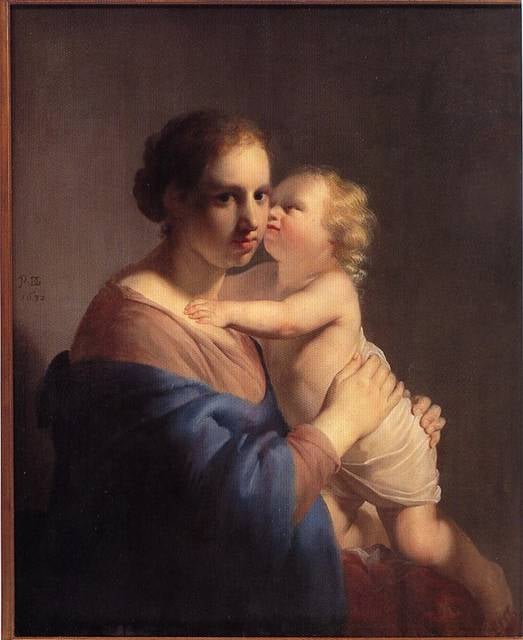
Specialty museum, Museum
Address: Markt 7, 6001 EJ Weert
Broekmolen
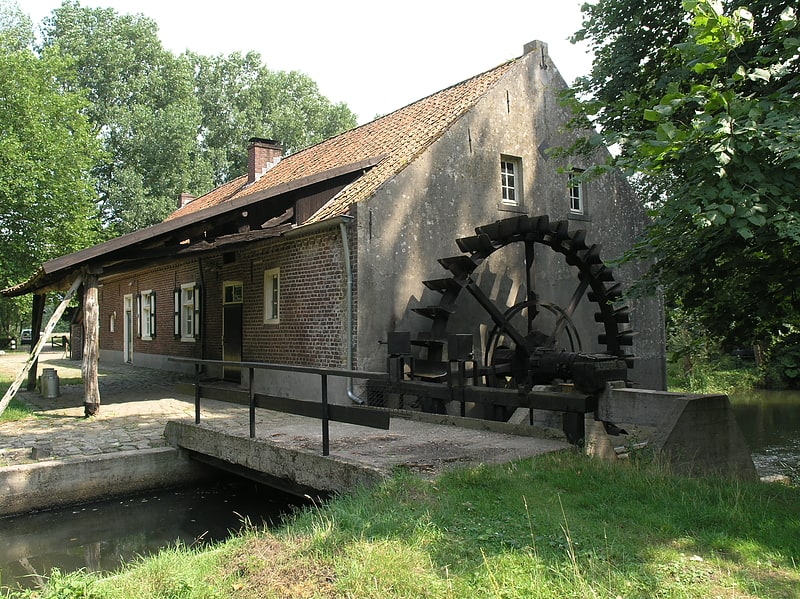
The Broekmolen is a water mill on the Abeek, located on the Grensweg in the hamlet of Heyeroth near Stramproy in the Dutch municipality of Weert.
The mill is an underdraining mill and belongs to an estate on which a large farm is also located. The water mill is fed by the Abeek.
Address: Grensweg 8, Weert
De Nijverheid
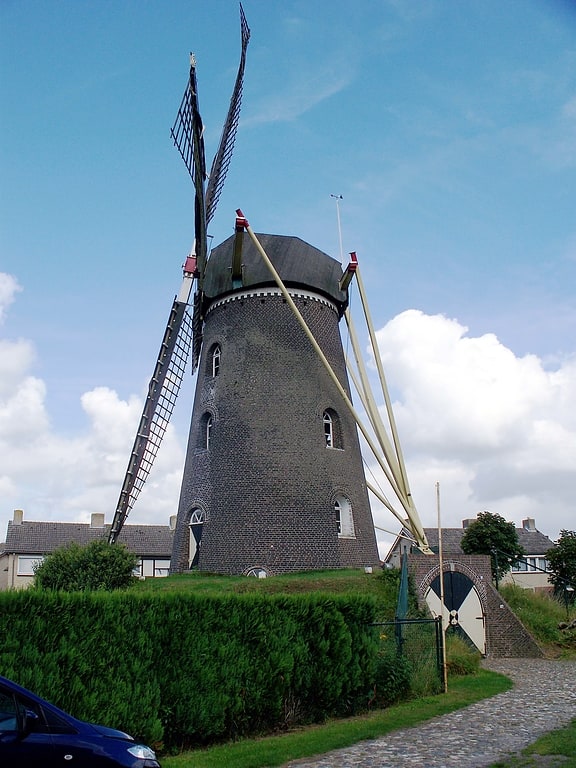
The Mill of Nijs is a corn mill located at Veldstraat 54 in Stramproy. It is a round brick belt mill, built in1903 by order of Michiel Kunnen. In 1921 the mill came into the hands of Jaques Nijs, who renovated it. From about 1960 the mill fell out of use and slowly began to show signs of decay. The municipality bought the Nijs Mill in 1974 and had it restored the following year. A new, major restoration is scheduled for 2009.
The Mill of Nijs has two couples of 17der stones with which grain is milled on a voluntary basis. The windshaft is made of wood and is fitted with a plug-in head. The mill is used as an instruction mill and can be visited on the third Wednesday afternoon of each month and on Saturday mornings in the even weeks.
Address: Veldstraat 54, 6039 ED Stramproy
St. Anna - Tungelroy
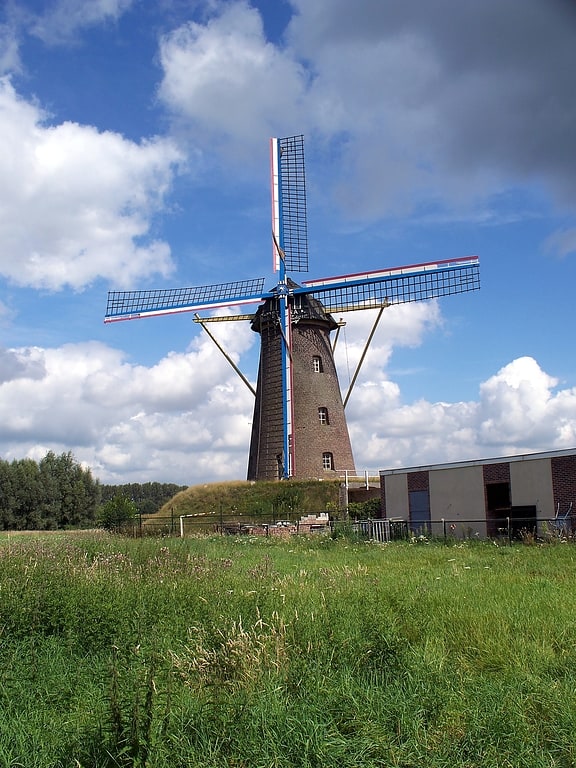
Sint Anna is a corn mill on the Tungeler Dorpsstraat in Tungelroy in the Dutch province of Limburg.
The mill was commissioned by Jan Mathijs Peerlings in 1875. The construction was probably related to the closing of two watermills in 1880, when the water management had to be improved. The windmill's wings were equipped with the van Bussel system in 1939.
The mill remained in operation until the early 1970s. Then the miller had to stop his business and the mill came to a standstill. In 1991, the municipality bought the Sint Anna and had the now dilapidated mill restored. The mill was restored again in 2009/2010 and festively handed over during the Limburg Windmill Day on October 2/3, 2010. Since 1 January 2010 the Molenstichting Weerterland has had the management of this mill.
The rods of the mill are equipped with the old Dutch fencing with sails. The mill is furnished with two pairs of 17der artificial stones, one of which has been opened up so that the shards of the stones and the bearings of the top stone, the so-called runner, are clearly visible.
Address: Tungeler Dorpstraat 75, 6005 RH Tungelroy
Kinderpretland
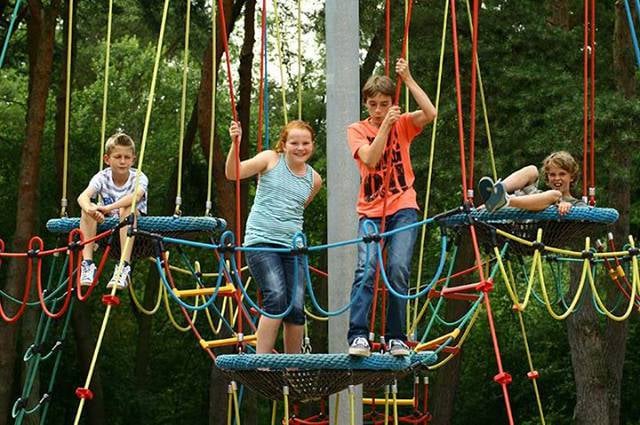
Playground
Address: Geurtsvenweg 4, 6006 SN Weert
Sint Anna

Sint Anna is a corn mill on the Keenterstraat in Weert-Keent in the municipality of the same name in the Dutch province of Limburg.
The mill was commissioned in 1911/1912 by Toon Tindemans, miller's apprentice at the St. Antoniusmolen of Weert-Laar, to be built for the local farmers. Until then they had their grain ground on the Boonesmolen or Clercxmolen. The construction used parts from the Clercxmolen, which was demolished. When the mill was sold in 1924, it also had a suction gas engine to grind during windless periods. In 1931, the mill was equipped with Dekker streamline blades to operate more efficiently. On that occasion, the mill was named after St. Anna (and actually after the wife of miller Clijsters, whose name was Anna). In the 1940s, the wings were fitted with the van Bussel system.
The mill remained in operation until the early 1950s. Then the miller had to stop his business and the mill came to a standstill. In the early 70s, the municipality bought the Sint Anna and had the now dilapidated mill restored. In 1973, the mill was grinding again. Gerie Fijen became the first volunteer miller.
The mill's rods are fitted with the old Dutch fencing with sails. The mill is equipped with one pair of 16der artificial stones. Between 2009 and 2011 a new major restoration was carried out. The mill received new rods and much work was done inside the mill to repair wood rot caused by wood-boring insects. The mill's biotope was also significantly improved by the removal of a large number of trees. In 2012 and 2014, in addition to volunteer miller Gerie Fijen, three new volunteer millers were appointed. The mill is currently managed by a foundation. Stichting Sint Anna (1911), Molen van Keent organizes the opening of the mill and the numerous activities at the mill.
The mill has a number of facilities for people with disabilities. For example, a video system has been installed in the mill so that all the mill attics can be viewed on a large screen by people in wheelchairs. There is also a feeling table in the mill for people with visual impairments. The mill also has an adapted toilet facility.
The St. Anna can be visited when it is running and also every second Wednesday afternoon of the month and every Saturday from 11:00 to 17:00. In the period from April to October additionally every first Sunday of the month at noon.
Address: Keenterstraat 1, 6006 PW Keent
Franciscus Huis

Monuments and statues, Church
Address: Biest 43a, 6001 AP Weert
Wilhelmus-Hubertus
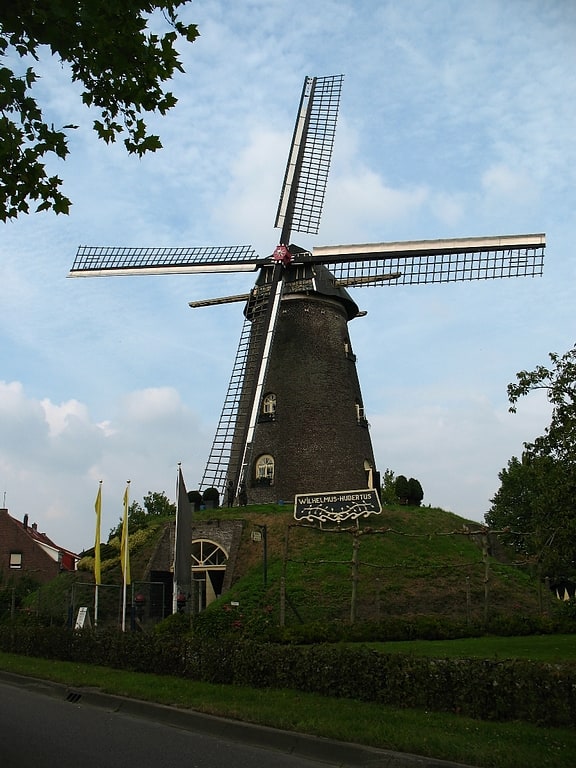
Wilhelmus-Hubertus is a corn mill located at Oude Hushoverweg 30 in the Dutch city of Weert. It is a round brick bell mill from 1904. The mill replaced an earlier standerd mill, which had burned down as a result of lightning strikes.
The mill milled until before the Second World War. In 1961/2 the mill was restored and received its current name, after the grandfather of the current mill builder Wim Adriaens. Since 2008, the Wilhelmus-Hubertus has been owned by Ton Nouwen and Rolf Zincken, who have completely restored this beautiful mill, together with various government agencies, funds and the Province of Limburg, into a super attractive restaurant with a home. The running gear is still present and the mill is fully rotating.
The mill is open Wednesday through Sunday from 12:00-15:00 and from 6:00-22:00.
Sint Oda

Sint-Oda may refer to: PersonsOda of Brabant (-726), Irish or Scottish king's daughter, hermit in Brabant, saint, namesake of Sint-Oedenrode (feast day 27 November). Oda of Amay (-634), Belgian abbess and saint (feast day October 23).
Named Church BuildingsSint-Odakerk (Boshoven), Sint-Odakerk (Melderslo), Sint-Odakerk (Ysselsteyn), Sint-Odakapel (Boshoven), Sint-Odakapel (Venray)
Other, Sint-Oda (disability center), Sint Oda (mill)
Paterskerk
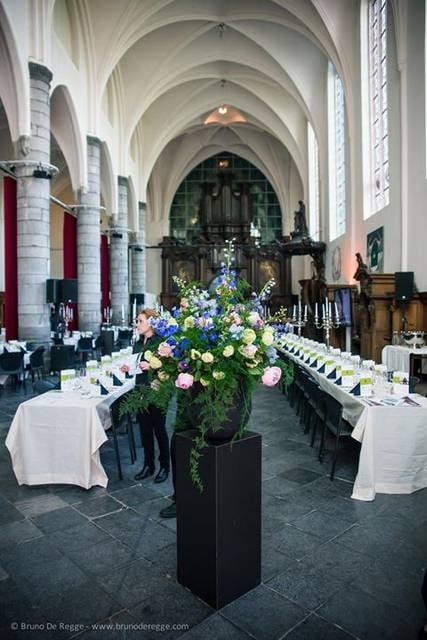
Address: Biest 43, 6001 AP Weert